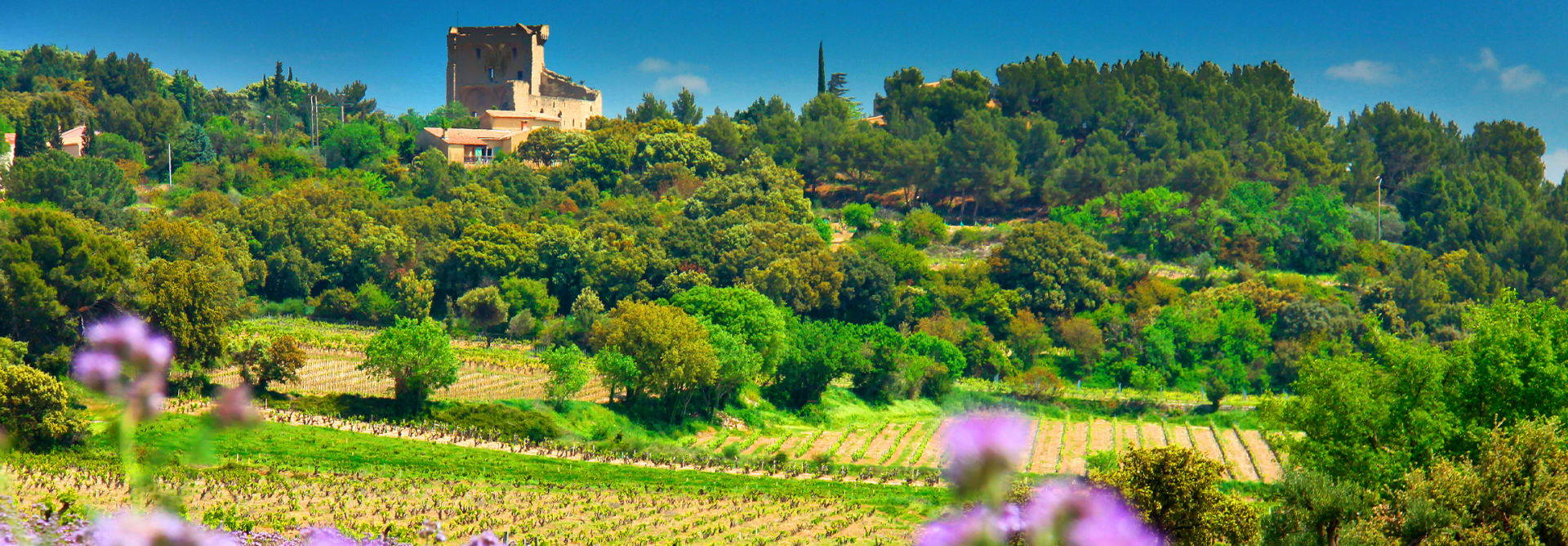Ogier Heritages Chateauneuf-du-Pape 2012
-
Wilfred
Wong




Product Details
Your Rating
Somm Note
Winemaker Notes
Professional Ratings
-
Wilfred Wong of Wine.com
A very classic and fine rendition from this famed area, the 2012 Ogier Heritages Chateauneuf-du-Pape is simply delicious and ready for the palate, would be perfect with a grilled rib-eye of beef. Medium ruby color; chalky red fruit aroma, quite fine, medium depth; medium bodied, firmly textured, sweet tannins wrap around the palate; dry, medium acidity, well balanced; ripe red and black fruit flavors, with some attractive leathery notes; medium finish. (Tasted: June 22, 2015, San Francisco, CA)
Other Vintages
2015-
Robert
Parker






After more than 160 years, Ogier has grown to become one of the leading producers in the Rhône Valley. Most of its land holdings are in the Southern Rhône area producing wines from Châteauneuf-du-Pape, Gigondas, Vacqueyras and Lirac. The Estate also makes small but exceptional bottlings from parcels within the most notable appellations of the Northern Rhône - Crozes-Hermitage and Côte Rôtie. Ogier’s wines are an ode to finesse, elegance and freshness.

With bold fruit flavors and accents of sweet spice, Grenache, Syrah and Mourvèdre form the base of the classic Rhône Red Blend, while Carignan, Cinsault and Counoise often come in to play. Though they originated from France’s southern Rhône Valley, with some creative interpretation, Rhône blends have also become popular in other countries. Somm Secret—Putting their own local spin on the Rhône Red Blend, those from Priorat often include Merlot and Cabernet Sauvignon. In California, it is not uncommon to see Petite Sirah make an appearance.

Famous for its full-bodied, seductive and spicy reds with flavor and aroma characteristics reminiscent of black cherry, baked raspberry, garrigue, olive tapenade, lavender and baking spice, Châteauneuf-du-Pape is the leading sub-appellation of the southern Rhône River Valley. Large pebbles resembling river rocks, called "galets" in French, dominate most of the terrain. The stones hold heat and reflect it back up to the low-lying gobelet-trained vines. Though the galets are typical, they are not prominent in every vineyard. Chateau Rayas is the most obvious deviation with very sandy soil.
According to law, eighteen grape varieties are allowed in Châteauneuf-du-Pape and most wines are blends of some mix of these. For reds, Grenache is the star player with Mourvedre and Syrah coming typically second. Others used include Cinsault, Counoise and occasionally Muscardin, Vaccarèse, Picquepoul Noir and Terret Noir.
Only about 6-7% of wine from Châteauneuf-du-Pape is white wine. Blends and single-varietal bottlings are typically based on the soft and floral Grenache Blanc but Clairette, Bourboulenc and Roussanne are grown with some significance.
The wine of Chateauneuf-du-Pape takes its name from the relocation of the papal court to Avignon. The lore says that after moving in 1309, Pope Clément V (after whom Chateau Pape-Clément in Pessac-Léognan is named) ordered that vines were planted. But it was actually his successor, John XXII, who established the vineyards. The name however, Chateauneuf-du-Pape, translated as "the pope's new castle," didn’t really stick until the 19th century.
